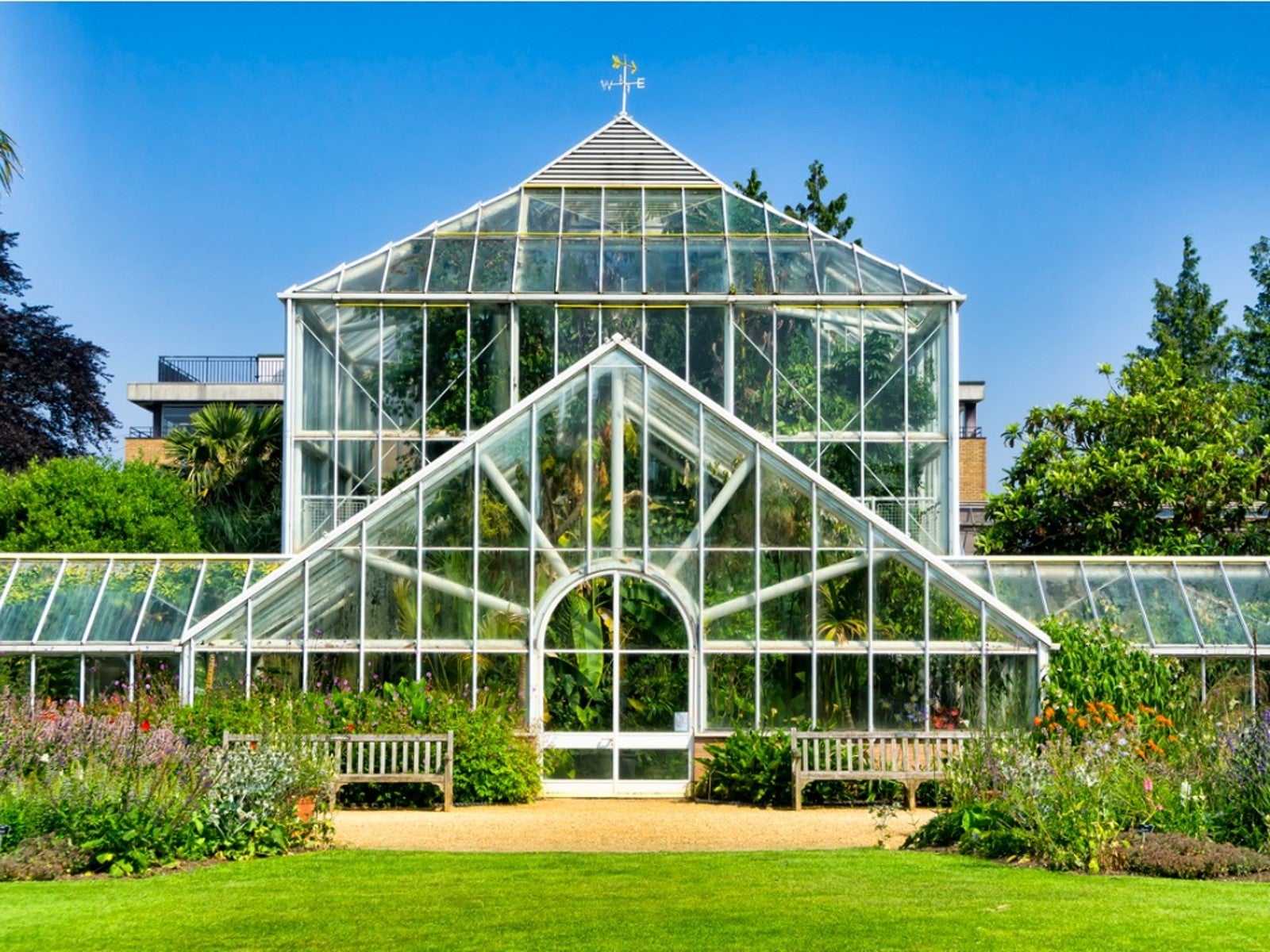Importance of Botanical Gardens In Plant Conservation

For a plant lover there’s rarely anything more enjoyable than a visit to a botanical garden. Such gardens were originally designed for the enjoyment of the visitor, but today botanical gardens’ benefits go well beyond just strolling around a beautiful landscape. Botanical gardens are not only involved in the conservation of plants, but also focus heavily on botanical research. Read on to learn more about how botanical gardens have become integral to science, education and the future of our planet.
What is a Botanical Garden?
The world’s oldest academic botanical garden was created in Padua, Italy in 1545 by the Venetian Republic. Orto Botanico di Padova is listed on UNESCO’s world heritage site and still fulfills its original mission representing the birth of botanical science: the fostering of scientific exchanges while fostering an understanding between nature and culture.
This and other botanical gardens are a collection of plant resources devoted to the conservation and study of plants while educating people on the diversity of plant species.
In fact Botanic Garden Conservation International updated their criteria for accreditation as a botanic garden vs. a display garden to reflect the former’s focus, which is to conserve rare and threatened plant species while complying with international policies in a sustainable and ethical manner.
Botanical Garden Research
Public garden collections have been around for thousands of years. The first examples date to about 3,000 years ago in ancient Egypt and Mesopotamia but the first “true” botanic gardens came about in the 16th and 17th centuries; those that were designed specifically for academic study of medicinal plants.
What do scientists and laymen learn from botanical gardens? Of course, the layout of most botanical gardens is a gardener’s dream and as such, lends itself to gardening ideas for the homeowner’s landscape but the primary purpose is to educate and conserve.
Scientists study the living common and rare specimens found in botanical gardens to learn about historical or present day uses, the role such plants play in evolution, and to learn about indigenous cultures both to aid in their preservation and to learn from the past.
Gardening tips, videos, info and more delivered right to your inbox!
Sign up for the Gardening Know How newsletter today and receive a free copy of our e-book "How to Grow Delicious Tomatoes".
Plant life is the basis for all ecosystems. As such it is important to understand as much as possible about the roles of various species. After all, plants provide us with not only medicine as mentioned above but food, shelter, clothing, and the raw materials from which innumerable products are produced.
Rare Plant Research
Given that plants are a major reason life exists on earth, their conservation is imperative especially as more and more species face extinction. Plant diversity is invaluable. It not only provides food and shelter for animals but it plays a major part in climate, erosion, watershed protection, and the balance of ecosystems.
Botanical gardens focus on protecting and conserving plants both as living species in their native settings or as living collections and in the form of seed banks.
To do so the botanical garden uses a combined management technique called “integrated plant conservation,” a method combining development selection, management of protected areas and species, culling of invasive plant species, environmental restoration and community outreach promoting sustainable plant usage and land management.
Rare plants, those that are extinct or on the brink, are links to the above work of integrated plant conservation. In some cases seeds may not even exist but some botanical gardens also collect herbaria or dried plant collections.
Herbaria may be centuries old. It is used for taxonomic research and aids in helping to pinpoint new species or those that have been misidentified. Herbarium is the collection of plant parts mounted on paper and stored with information regarding the location and time found. These dried plant parts also provide genetic information, aid in portraying a picture of the original biodiversity of an area and help locate the distribution of species and ecosystems in a geographic space.

Amy Grant has been gardening for 30 years and writing for 15. A professional chef and caterer, Amy's area of expertise is culinary gardening.
-
 Get Ready For A Summer Of Hummers! Grow These Full Sun Hummingbird Plants and Flowers
Get Ready For A Summer Of Hummers! Grow These Full Sun Hummingbird Plants and FlowersIf you’re lucky enough to enjoy a sunny backyard, make sure you are maxing out on your pollinator opportunities and grow these full sun hummingbird plants and flowers
By Tonya Barnett
-
 12 Lush Alternatives To A Lawn For Sustainable Spaces
12 Lush Alternatives To A Lawn For Sustainable SpacesAlternatives to a lawn are beautiful and also beneficial to your local ecosystem and its pollinators. Explore our top picks for plants to replace grass.
By Tonya Barnett